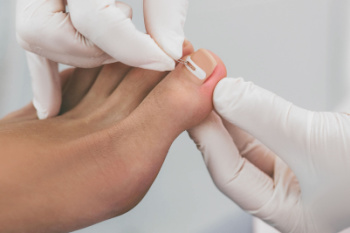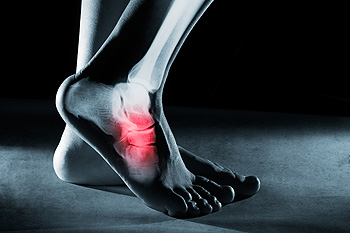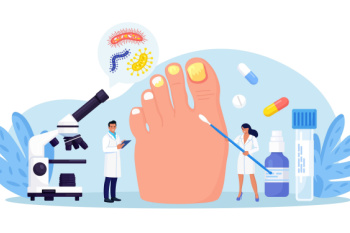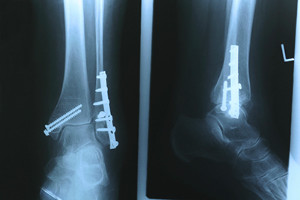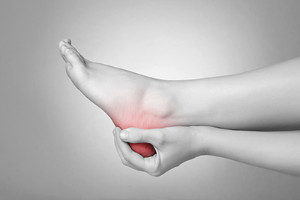
Heel pain can stem from various causes, each requiring a different approach for relief. One common cause of heel pain is plantar fasciitis, where inflammation of the tissue along the bottom of the foot leads to sharp heel pain. Another possibility is Achilles tendinitis, which affects the tendon that connects the calf muscle to the heel. Stress fractures or heel spurs can also contribute to discomfort. Additionally, poor footwear, excessive physical activity, and obesity can increase heel pain. Finding relief often involves a combination of strategies. Resting the foot and taking mild pain relievers can reduce inflammation. Stretching exercises for the Achilles tendon and plantar fascia can improve flexibility. Supportive footwear and orthotic inserts can provide additional comfort. If you have heel pain, it is suggested that you schedule an appointment with a podiatrist who can determine the cause and treat it accordingly.
Many people suffer from bouts of heel pain. For more information, contact one of our podiatrists of Footcare Now. Our doctors can provide the care you need to keep you pain-free and on your feet.
Causes of Heel Pain
Heel pain is often associated with plantar fasciitis. The plantar fascia is a band of tissues that extends along the bottom of the foot. A rip or tear in this ligament can cause inflammation of the tissue.
Achilles tendonitis is another cause of heel pain. Inflammation of the Achilles tendon will cause pain from fractures and muscle tearing. Lack of flexibility is also another symptom.
Heel spurs are another cause of pain. When the tissues of the plantar fascia undergo a great deal of stress, it can lead to ligament separation from the heel bone, causing heel spurs.
Why Might Heel Pain Occur?
- Wearing ill-fitting shoes
- Wearing non-supportive shoes
- Weight change
- Excessive running
Treatments
Heel pain should be treated as soon as possible for immediate results. Keeping your feet in a stress-free environment will help. If you suffer from Achilles tendonitis or plantar fasciitis, applying ice will reduce the swelling. Stretching before an exercise like running will help the muscles. Using all these tips will help make heel pain a condition of the past.
If you have any questions please contact our offices located in Elmhurst Jackson Heights, Astoria, NY, and Rego Park, NY . We offer the newest diagnostic and treatment technologies for all your foot and ankle needs.

